The government council in King County, Washington has just approved a raise in the minimum wage which will push it to over $20 an hour. The minimum wage will now be $20.29 across unincorporated King County, and the wage will continue to increase based on inflation.
Businesses with more than 500 employees will see the new wage minimum become effective January 1, 2025, while other businesses have until 2030 to be held to the new standard but will be subjected to incremental increases.
Wage Increase

On Tuesday, the Metropolitan King County Council voted to raise the minimum wage, boosting it by as much as $3 an hour in some unincorporated areas.
The $20.29 minimum wage exceeds the level in Seattle and ties Tukwila for the top minimum wage in the entire United States.
Lagging Behind
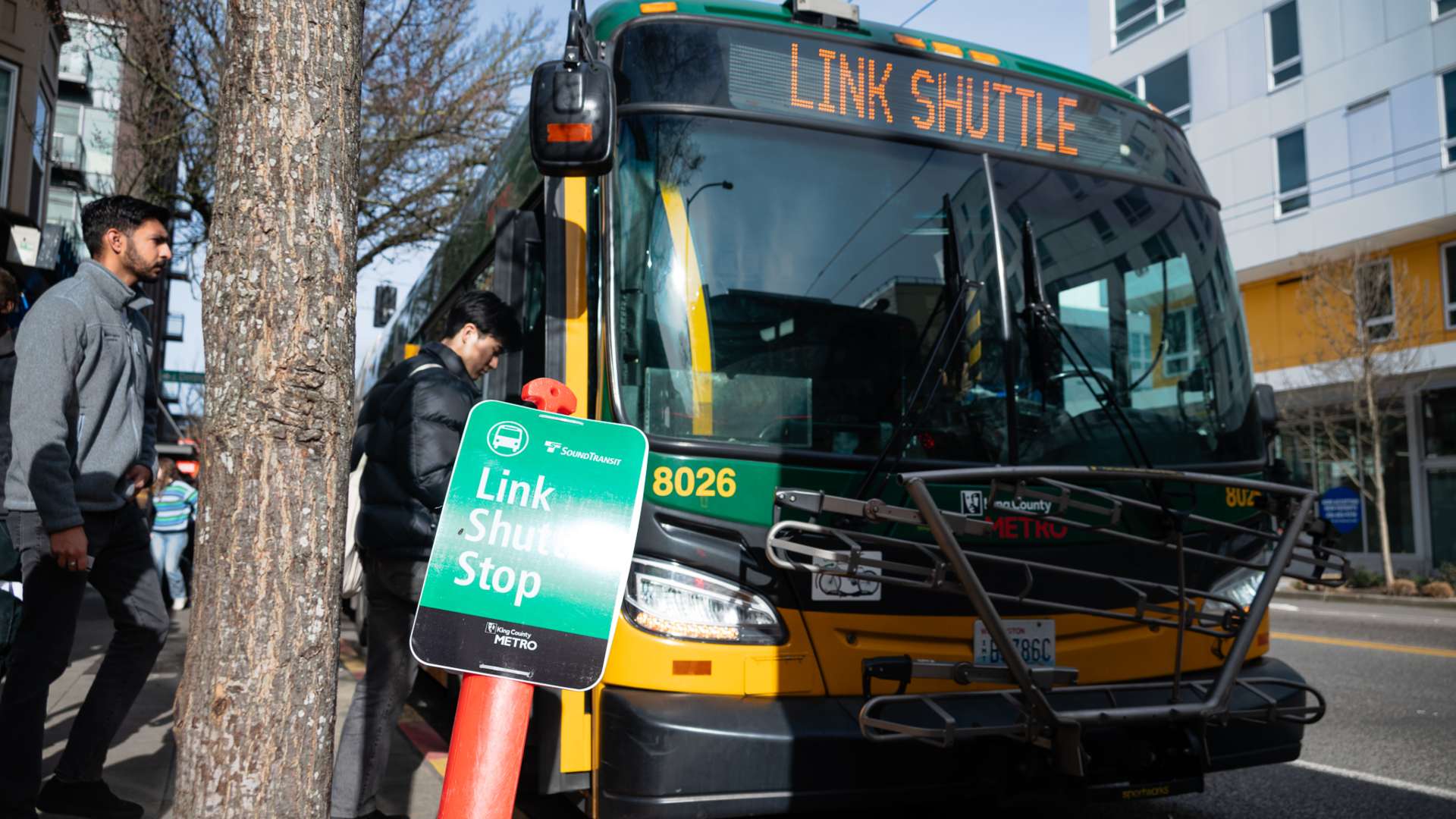
The council members who sponsored the minimum wage ordinance argue that some areas in King County were being left behind nearby cities in terms of wages.
“With the cost-of-living skyrocketing in King County, it’s crucial that our region’s workers have the means to survive,” said King County Councilmember Girmay Zahilay, author of the legislation.
Covering Rent and Groceries
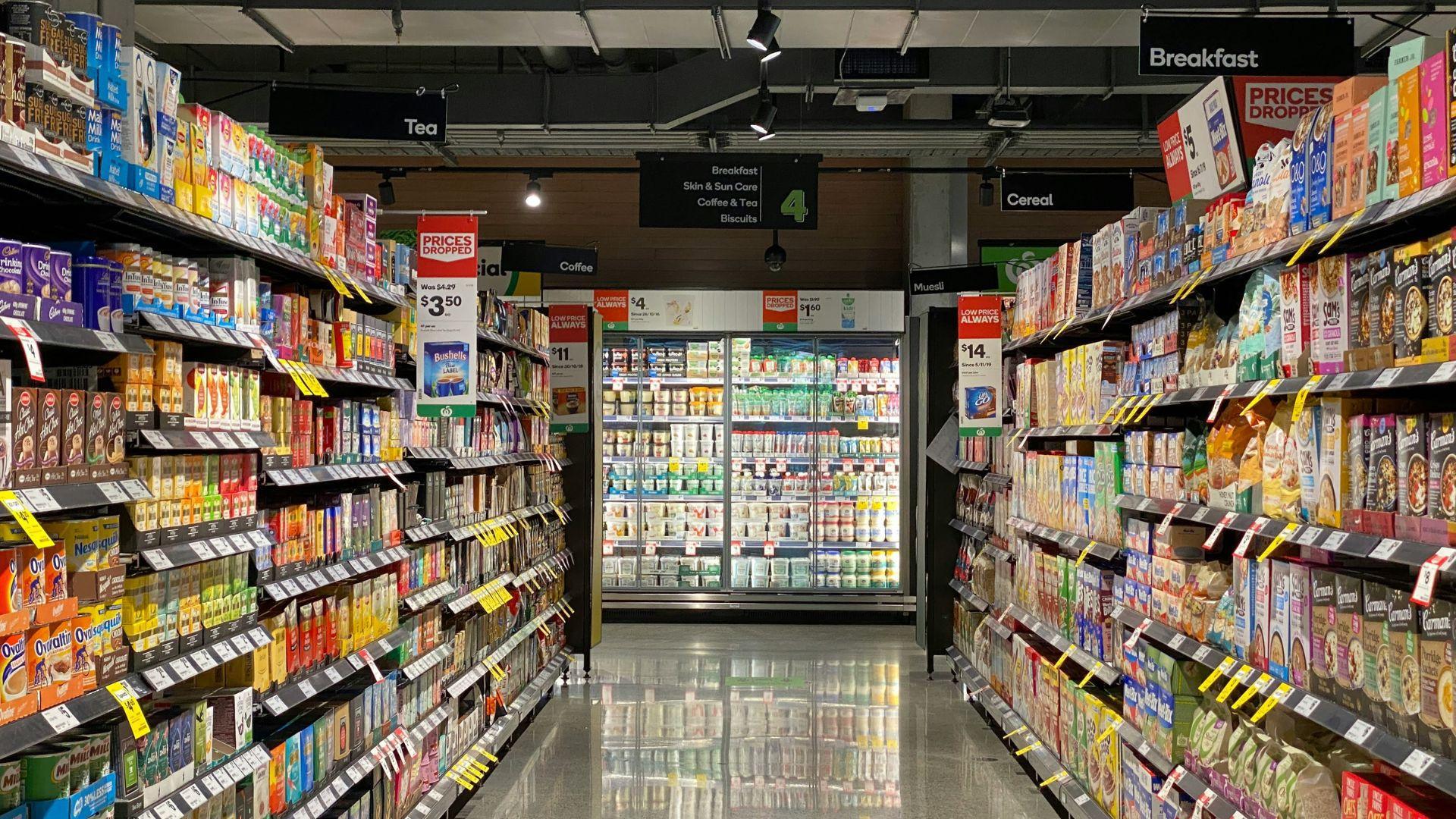
Zahilay argued that King County residents should be able to afford basic necessities while only having to work one job.
“One job should be enough to cover basic needs like rent and groceries. Today, the King County Council took a significant step toward that goal by passing my minimum wage ordinance,” said Zahilay.
Uplifting the Community
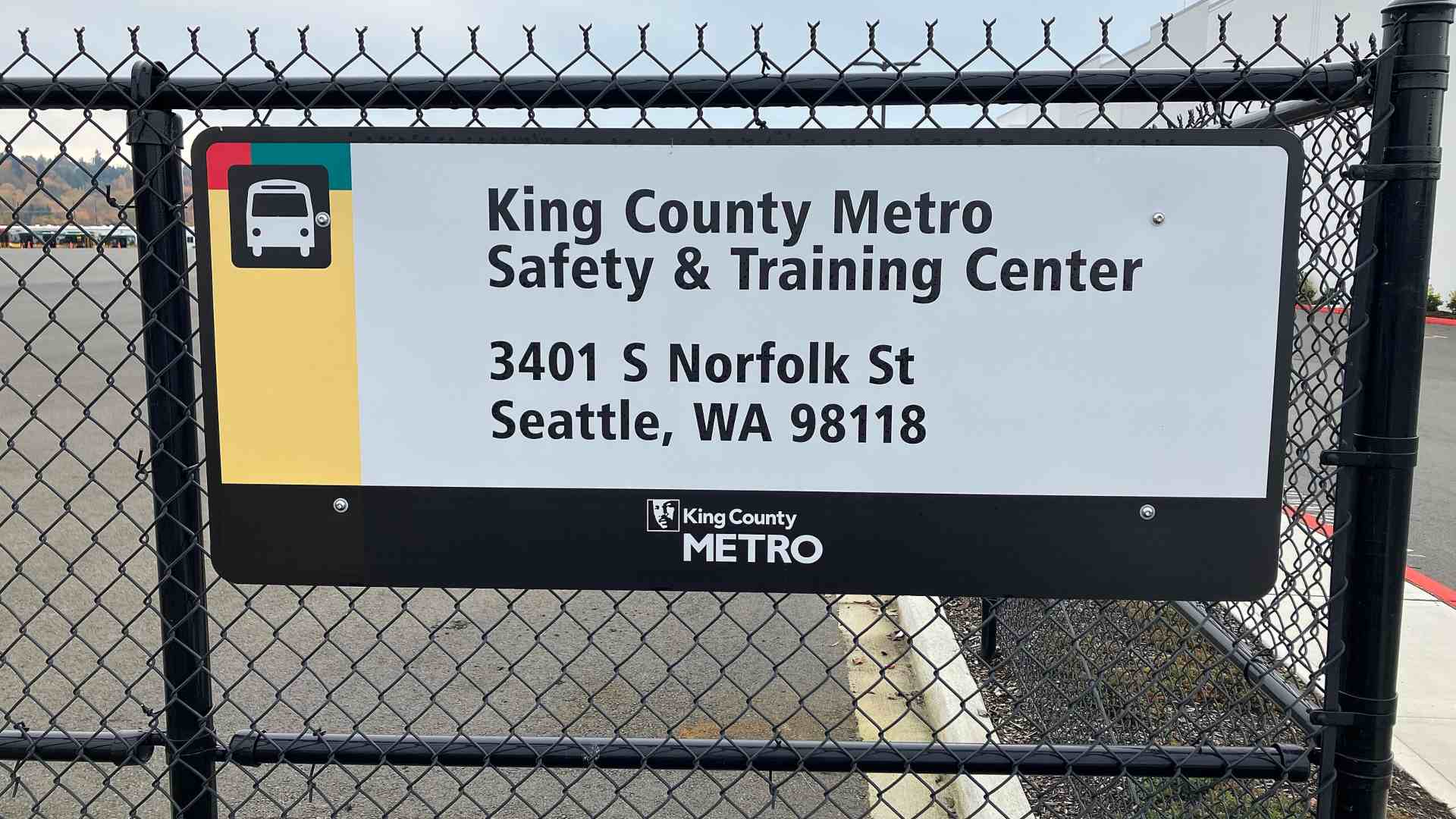
In a statement released on the King County government website, Zahilay was ecstatic about the final result which required cooperation from many in the community.
“I’m immensely proud and grateful for the collaboration with local unions, small businesses, and fellow councilmembers. Together, we’re uplifting our communities across the county, making King County an exceptional place to work, live, and raise a family,” said Zahilay.
State Minimum Wage
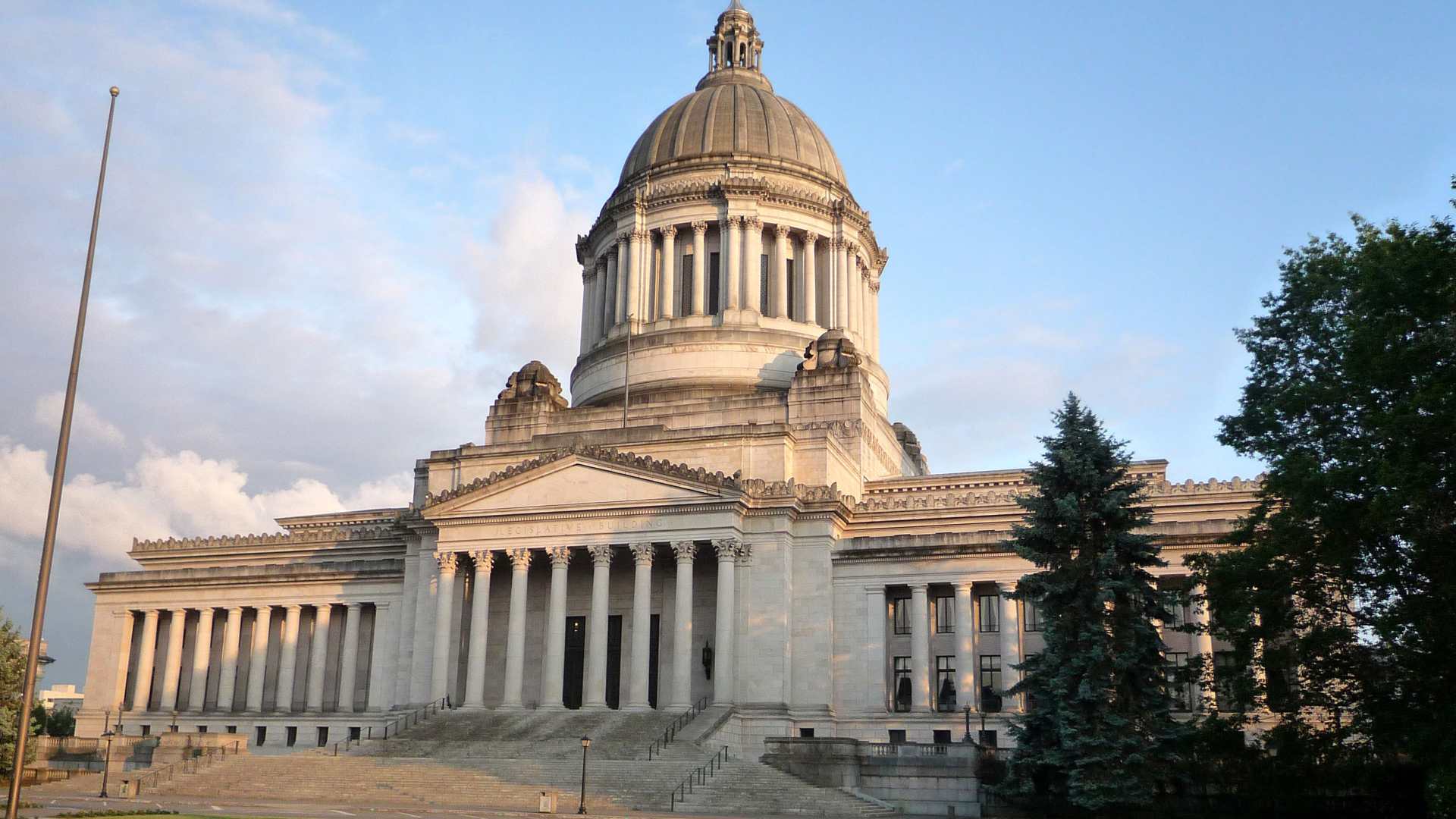
Currently, the minimum wage in Washington state is $16.28 per hour. King County council members who cosponsored the bill like Rod Dembowski, Teresa Mosqueda, and Jorge L. Barón felt that in certain areas this simply was not enough.
“Everyone working in King County should have the opportunity to benefit from our strong economy,” Dembowski said.
Ladder of Opportunity

Dembowski felt that there have been too many hardworking residents left struggling to make ends meet as the cost of living becomes difficult for many to manage.
“I see too many hard-working King County residents being left behind and struggling to meet the cost of living. This law extends a ladder of opportunity to tens of thousands of hard-working King County residents. I am proud to have cosponsored and worked to pass it,” Dembowski said.
Cost of Living In Washington

A report from the Bureau of Labor Statistics in February found that area prices around the Seattle area, which King County is a part of for the Consumer Price Index, rose 1.2 percent in two months and that prices are up 4.3 percent from just a year ago.
In the West Census region as a whole, which includes Washington, California, and other western states, prices rose 0.9 percent in February and are up 3.6 percent from last year.
Exceptions for Small Businesses

While the King County ordinance does set the wage rate at $20.29 there are exceptions made for smaller businesses who post low revenues and have few employees.
Any employer with 15 or fewer employees and making less than $2 million in annual gross revenue will only have to offer a $17.29 minimum wage. While this is lower than the $20.29, it is still a higher amount than the state minimum wage.
Higher Wage for Higher Revenue

However, even if a business has 15 or fewer employees, if it takes in more than $2 million in annual gross revenue, it will be subjected to a higher $18.29 per hour minimum wage.
There was a proposed amendment to include tips, gratuity, and employer health care premiums in the minimum wage, but it ultimately failed.
Proven Strategy

Council member Mosqueda extolled the virtues of raising the minimum wage as the ordinance was approved.
“Raising the minimum wage is a proven strategy to put more money in our local economies,” Mosqueda said. “Our working families are struggling to afford housing, placing food on their tables, and having anything left at the end of the month to save for a rainy day. I’m proud to help workers get closer to a living wage and happy that we are giving our small businesses more time to make this adjustment.”
Criticism of the Wage Increase

Many business owners and workers testified at the King County Council meeting in opposition to the ordinance, with restaurant industry reports saying that the increase will hit the average profit margin between 3% and 5%.
“This bill as written will decimate [worker] income,” one Cascadia Pizza representative said. Some dairy farmers are also worried since the price of milk is determined by the federal government, so they can’t just raise prices to make up for the increased labor costs.
What Is the Federal Minimum Wage?

The federal minimum wage has been sitting at $7.25 an hour since 2009, which isn’t enough for most people to support themselves and their families in a post-COVID-19 world where inflation is running rampant.
Now, 22 states and 38 cities are taking it upon themselves to set the minimum wage higher than the federal level.
20 States Follow Minimum Wage

While 20 states have set the minimum wage to the federal minimum level, a majority of hourly-paid workers are not earning this amount.
In Louisiana and Mississippi, 3% of hourly-paid workers are earning the federal minimum wage. In Alabama and Utah, only 1% of hourly-paid workers earn this wage.
Who Is Earning Federal Minimum Wage in the US?

Most employers know that the federal minimum wage isn’t livable in 2024. Those who earn the federal minimum wage are typically tipped workers who are required to be paid a federal minimum wage of $2.13 cash wage in addition to tips.
While legislative efforts to increase the federal minimum wage have been pushed for since 2009, with the latest act proposing to increase the minimum wage to $17 an hour by 2028, these efforts have been largely shot down.
Minimum Wage Earner Demographics

According to the 2023 Bureau of Labor Statistics report, workers who are likely to make a minimum wage or less in 2022 are under the age of 25.
These workers are also in the leisure and hospitality industry, with 3 out of 5 of all workers earning below the federal minimum wage level.
The Purpose of Minimum Wage

“If you leave it to the employer, they can raise wages and they can lower them, as long as it’s not below the minimum wage law,” Yannet Lathrop, a senior researcher and policy analyst at the National Employment Law Project said to CNN.
As wage gains slowly help some, there are still many Americans who are fighting for something to happen to help make life in an expensive and inflated economy bearable.
The Legal Pay Floor Isn’t Changing
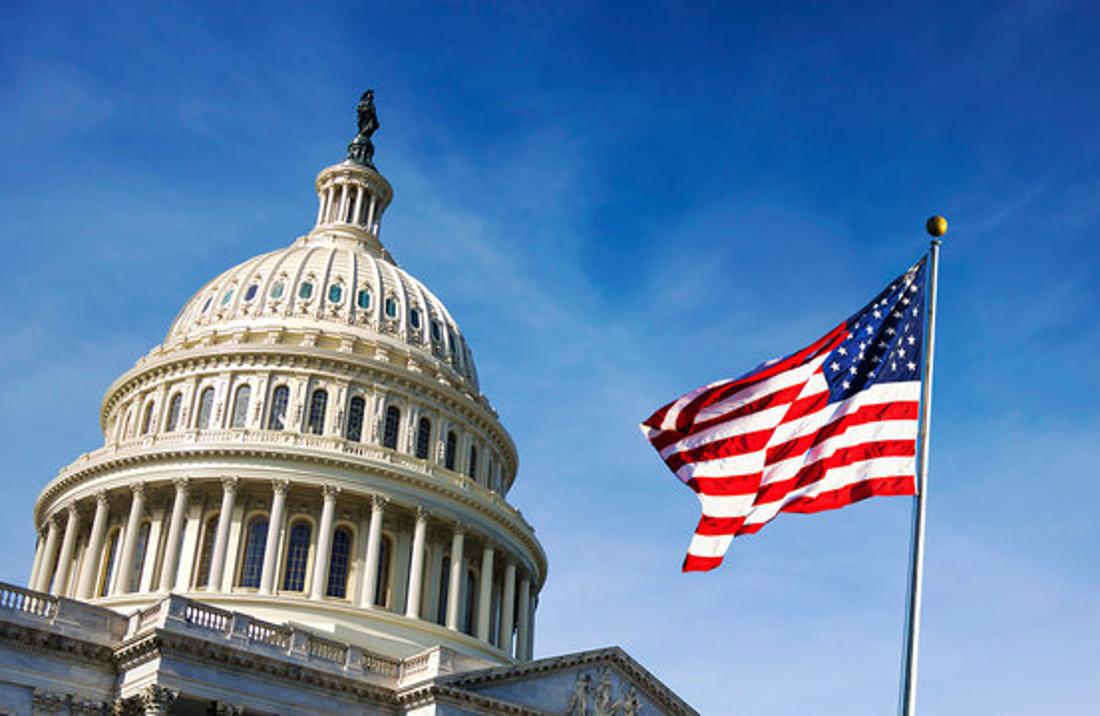
Adjusting for inflation, workers paid the legal hourly minimum in the 1960s and ’70s were paid more compared to today.
The Growing Gap In Politics Is Hindering Rising Wages

One of the reasons behind this lack of change in the federal minimum wage is the growing gap in American politics.
Democrats and Republicans can’t seem to agree on ways to help Americans find a comfortable livable wage, with each party shutting down proposed bills to increase wages.
The Real Minimum Wage in the US

For many workers, there is just too much competition out there to pay a worker in the US $7.24 an hour. Now, the real minimum wage is at least $17 an hour.
A Congressional Budget Office study of the 2021 bill found that raising the minimum wage to $15 per hour by 2027 would lift millions out of poverty.
Workers Are Uniting

While states and cities are setting new minimum wages for their communities, workers are taking matters into their own hands by unionizing.
These unions often fight to secure higher wages from their employers. If these wage demands and other requests are not met, the unionized workers go on strike.
The Fight For Better Wages
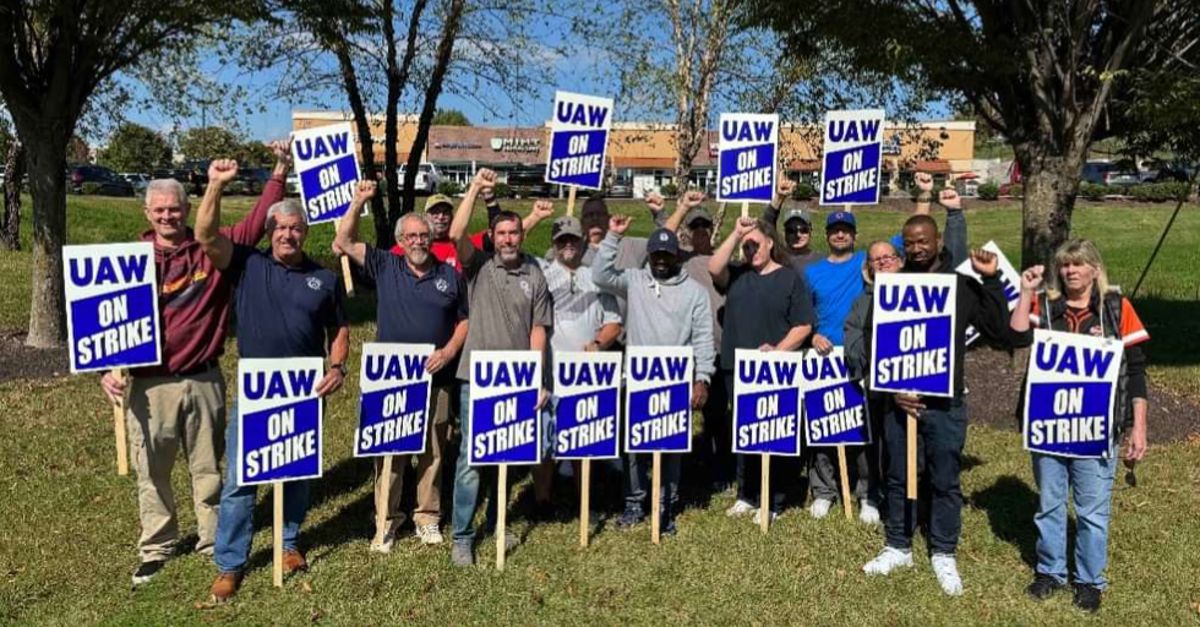
The largest employers in the US, like Amazon, Walmart, and Costco, have all begun to pay their workers a minimum wage of $15 or higher.
The Perks of Higher Minimum Wages

“Prices have been so much higher than operating costs over the last decade that these companies could just absorb higher operating costs,” Roosevelt Institute labor expert Alí Bustamante, a co-author of the analysis, told CBS MoneyWatch.
“This is about raising the floor and making sure that $20 being the new minimum wage puts workers on a better economic footing to cover their household needs.”
California Fast Food Workers Earn More

While King County residents are earning the highest minimum wage in the US, California fast-food workers are also earning enough to support themselves in one of the most expensive states in the nation.
Fast food workers at chains with more than 60 locations across the country now earn $20 an hour.
